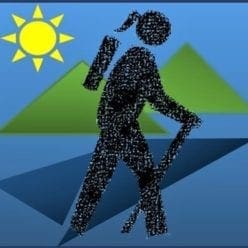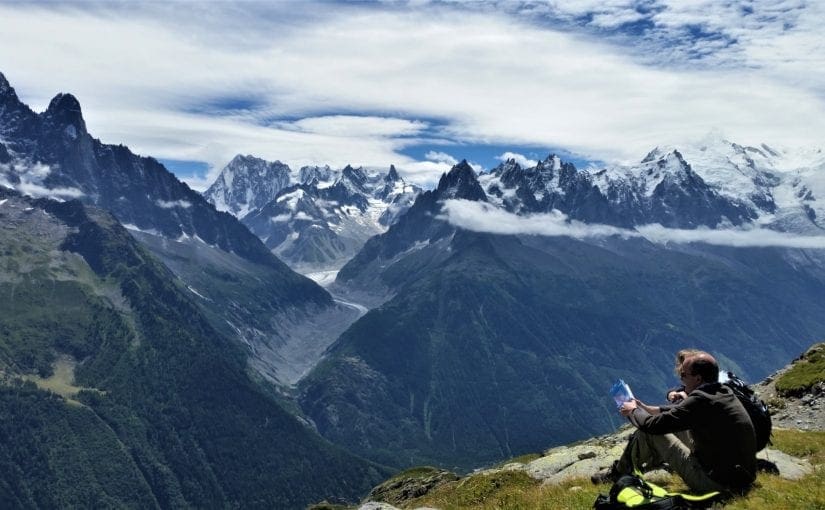Most recently updated July 31st, 2023
Alcohol and a diet plan for weight loss don’t really go together – especially if you’re calorie counting to lose weight.
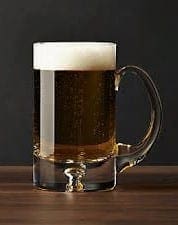
I should probably also mention that alcohol and altitude don’t go together, either – even though you can really burn calories hiking!
(Seriously, don’t drink if you’re hiking at altitude.)
That said, when you’re sweaty and parched after hiking umpteen miles of vertical gain (then back down again) carrying a heavy pack, nothing tastes more like victory than a nice cold beer.
Surely, after all that, you’ve earned it. Right?? Well, yeah. But you’re still going to pay – with lots of extra calories.
And that’s not all…
ALCOHOL AND WEIGHT GAIN
According to Marc Perry, founder and CEO of BuiltLean , “When you consume alcohol, you practically shut down your body’s ability to burn fat”.

This is because your body must process alcohol as a toxin before it can break down alcohol as it does other calories.
“At best, drinking alcohol will slow your progress, more likely, it may add more belly fat to your frame and negatively affect your sleep patterns.” Perry added.
Some of my posts contain affiliate links. If you make a purchase through an affiliate link, I will receive a small payment at no additional cost to you. I do not get paid for recommendations, all opinions on this site are my own. See full Disclosure page here.
The most likely way beer contributes to belly fat is through the excess calories it adds to your diet.

And while alcohol makes some people fall asleep, it’s not the deep restorative kind of rest that’s good for you – it’s more like the crash that follows eating sugar or refined carbohydrates.
How the Body VIEWS ALCOHOL Calories
Since your body views alcohol as a poison, it doesn’t want to store it and tries to get rid of it as quickly as possible.
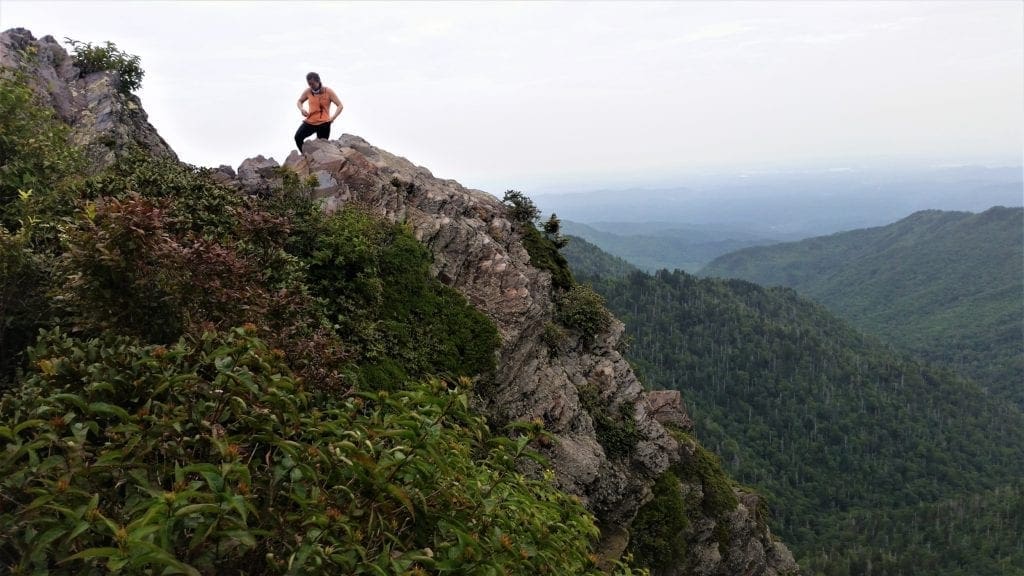
This means that when you drink, your body is more focused on breaking down alcohol than on burning stored fat – so it will take you longer to lose weight.
Alcohol can also lower your testosterone levels, and this is a hormone that’s important for losing weight and gaining lean muscle – in both men and women.
This is not great to hear – especially since many women of a certain age (like I am) are already having trouble keeping a trim waistline and getting a good night’s sleep.
But don’t retire your frosty mug just yet!
ALCOHOL AND DIETING
Despite alcohol’s negative effects, Dr. Caroline Cederquist, a weight loss expert, and author of The MD Factor Diet, says it can be part of a healthy diet, even if you want to burn fat and lose weight.
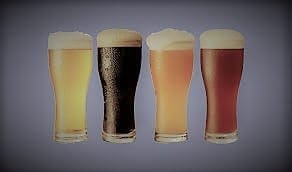
“Alcohol is really an extra in our diet,” she explained.
“Once you’ve theoretically met all of your nutritional needs for the day, if there are some extra calories left over and you’ve been active then you can enjoy some alcohol.”
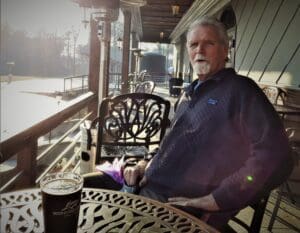
So, if you really enjoy that glass of wine with dinner or cracking open a beer to relax after a long day on the trail, how can you make sure it won’t undermine your weight loss goals or even cause you to gain more weight?
Maintain a Balanced Diet
Maintaining a well-balanced, nutritious diet is the key to fitting alcohol in your diet in a healthy way.
Skipping a meal and having a beer instead is not really good option.
You’ll be really hungry later, and maybe less disciplined after the beer – which may lead you to eat too much or make bad food choices.
If you’re wondering what types of drinks are considered “healthier” options, Cederquist said it’s best to choose something pure, like a glass of wine or a bottle of beer, versus a complex mixed drink that may be high in sugar.
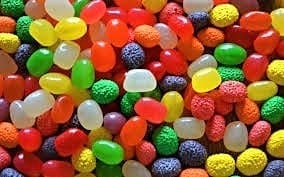
So, for our purposes, we could think of wine and beer as fruit and cookie treats.
Mixed drinks are jellybeans. Poisoned, delicious, jellybeans….
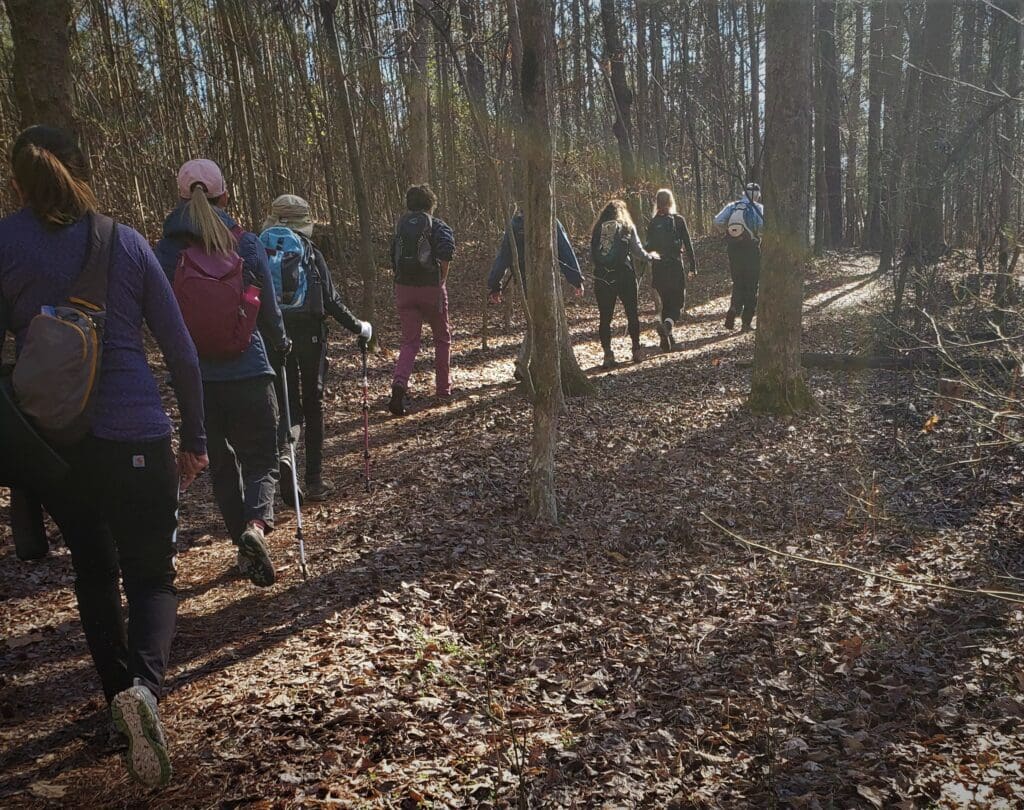
Actively Burn Calories
For all weight loss, you need to burn more calories through activity and metabolism than you consume in food and drink.
Doing that consistently will create a calorie deficit and cause you to lose weight.
So, we need to identify how many calories you are burning off, and how many you are consuming.
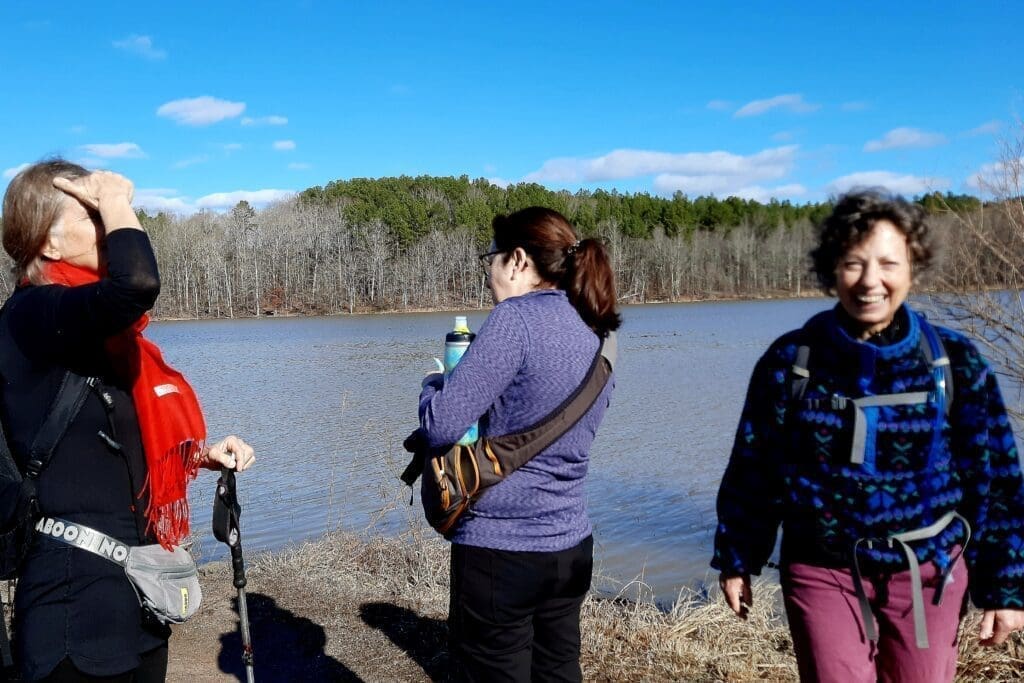
Your goal is to burn enough that you can have enough calories left over after your meal to allow for a beer or glass of wine – and maybe still leave a little deficit for weight loss.
CREATE YOUR CALORIE BUDGET
Step 1: What’s My Sedentary Calorie Burn?
First let’s figure out how any calories you should be eating every day, just to maintain your current weight – that is, your Basal Metabolism.
You can find many calorie calculators online that can help, like one I have linked to here.
Next, we need to know how many additional calories you are burning through exercise.
Step 2: Measure Your Calorie Expenses
First, make a 5-day chart and record the exercise that you do for 5 days. (Include one weekend in the chart, many people tend to exercise more during the weekends. )
Now, simply google or take the help of an activity calorie burn calculator, like this one, to calculate the amount of calories each workout burns off.

Now, add those calories up and divide by 5.
Next, add the calorie amount you end up with to a single day’s calorie requirement for you to maintain your weight (sedentary calorie needs) that you calculated in the Step 1.
There you have (roughly) the amount of calories you are expending each day, based on your current activity level.
This is your Daily Caloric Burn.
Step 3: Count Your Calorie Consumption
Next, make a 5-day chart and record the foods that you consume for those days. Include one weekend in the chart, since we tend to eat – and drink – more during the weekends.
Enter the food quantity and the time you eat.
Now, simply google or take help of a calculator to see the amount of calories each food contains.
Add up everything and divide by 5.
Now, you should have a rough estimate of how many calories you are in the habit of consuming daily.
This is your Daily Calorie Consumption.
Step 4: Create a Calorie Deficit
Calorie deficit is the key to losing weight – and also to making room in your calorie budget for extras like beer and desserts.
To do that you need to burn more than you are consuming. To see how you are doing already, lets look at your daily calorie burn (from Step 2) and compare it to your daily calorie consumption (from Step 3).
If your consumption is less than your burn, you are doing great! You may already have room for beer in your calorie budget.
If your consumption is greater than your burn, you need to move a little more or eat a little less.
No beer for you, unless you give up those french fries or run a few more miles!
You can use these numbers as kind of baseline estimate. They may not be totally accurate, but at least you get a sense of whether you need to increase your activity or decrease your consumption, and how far you are from staying even.
Step 5: Calculate Your Beer Calorie Budget
Our goal was to create enough of a calorie deficit to allow for a beer or a glass of wine, without blowing our weight loss or weight management plan.
Alcohol is not a diet food: A 5-ounce glass of wine has around 150 calories, a 1.5-ounce shot of vodka or 12 ounces of light beer, 100. Other drinks vary – you can find a calculator for that, too.
Find the calorie information on your favorite drink, and how many you want – lets say two beers and see if you have it in your calorie “budget”.
At 100 cal/beer – if you are currently just staying even – you have to find a way to burn 200 more calories.
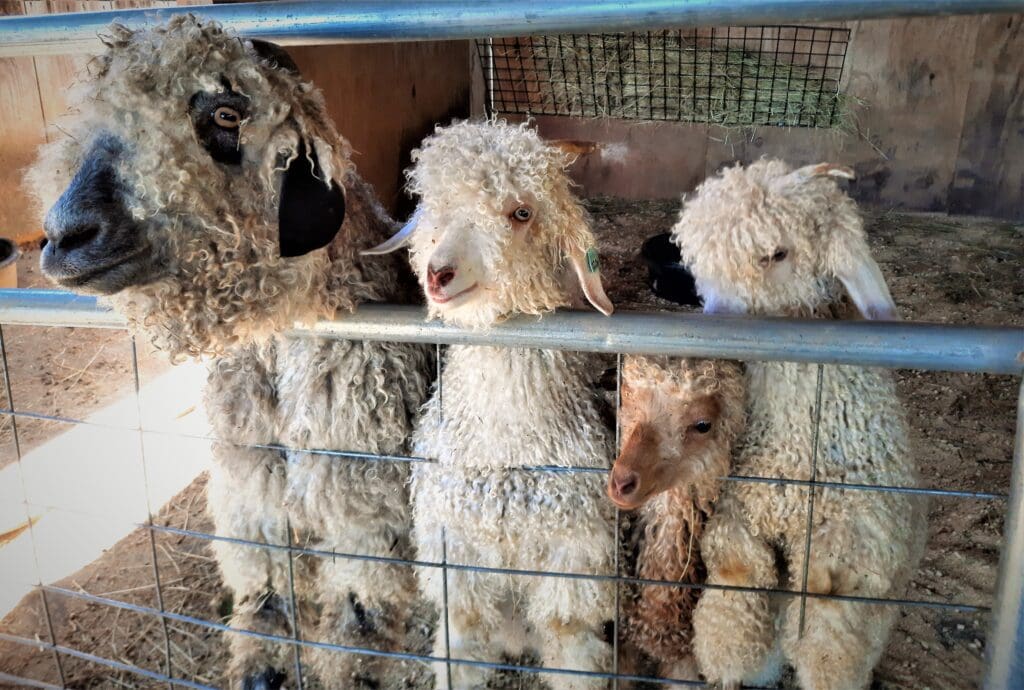
But I Don’t Have Time
It’s the number one reason people give for not getting more exercise – no time.
I believe it’s true: we’re all busier than ever before and have huge piles of commitments that not only take time in themselves, but time in preparation.
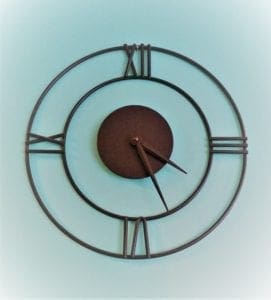
That said, if you have time to watch television or scroll a social media feed for at least 30 mins per day, you have time to move around a bit.
Even if you just do situps and pushups while you’re watching that “Gilligan’s Island” rerun for the fourth time – there you go! Before you know it, you’ve burned an extra 200 calories.
Or at least developed some extra core and bicep muscles that will boost your metabolism and burn calories for you.
Some Hard Truths
No matter how fit we are, and how well we eat – staying lean will only get harder as we get older.
Here are a few hard truths:
-
- Age: The older you are, the harder you have to work to get to a higher intensity level of activity.
- Body Composition: A person with more muscle will often burn more calories than a person with higher body fat.
- Fitness Level: An experienced exerciser will burn fewer calories because his or her body has become more efficient at exercise.
- Diet: Your metabolism is directly affected by your diet. If you do not eat enough, skip meals, or eat unhealthy foods, your metabolism can slow down.
- Sleep: Not getting enough sleep can cause you to burn fewer calories. Not only will you feel tired and maybe exercise less, a lack of sleep can also slow your metabolism down.
So if we have to deal with the reality of human biology, how can we try to be better?

Burn Calories Hiking!
You need to either start an exercise plan or figure out how to ramp up what you are doing to burn more calories and rev your metabolism – so you can eat and drink what you want and still lose weight!
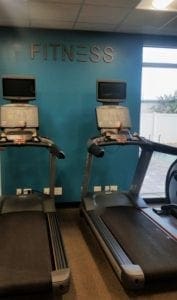
For example, if you usually walk at 3 miles per hour on a treadmill, try bumping up your speed to the next level or raise your incline.
Even doing that just a few times throughout the workout can increase how many calories you burn.
If you are hiking outdoors, adding weight to your pack will also burn more calories.
Working out is a must no matter what your age.
But be aware that as you age, your joints, bones, and muscles are not as active as they were when you were a child or younger adult.
If you’re a beginner, start slow and then when you feel comfortable enough, you can increase the pace and duration.
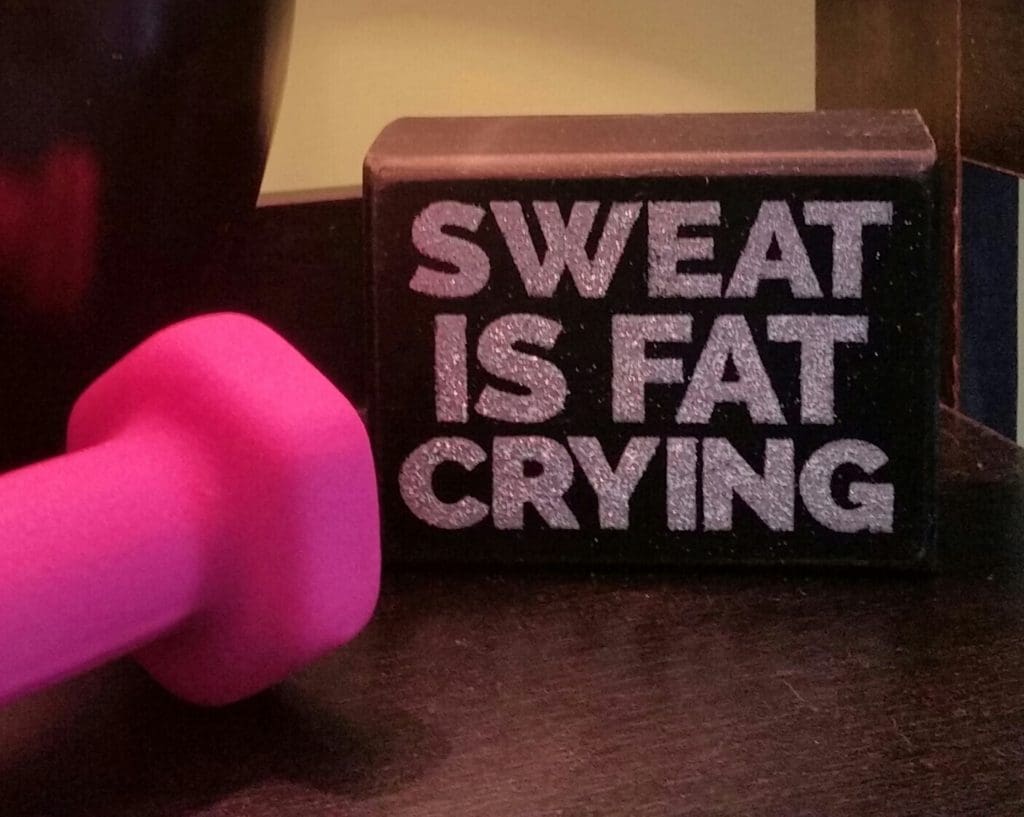
Add Strength Training and Stretches
If you are not already doing some strength training or light weight lifting, its time to get started!
Remember, muscle burns more calories than fat and the way to build more muscle is through strength training.
This does not necessarily mean getting bulkier – just replacing fat with lean muscle.

Stretching is very important, especially as you start getting older.
If you stretch before working out, you reduce the risk of injury.
If you stretch after a workout, when your muscles are warm, you’ll be less likely to be sore later.
Also, if you’re not stiff and sore you won’t make those “old guy” noises when you get out of bed in the morning.
Eat Well
Notice that I didn’t say, “Go on a good diet.” I am not a fan of diets.
A “good diet” is the one that works for you.
I think you just decide to eat good healthy food and practice reasonable portion control.
But maybe that’s too ambitious. Maybe eating well 80% of the time is a more reasonable goal.
And as long as you’re getting enough exercise, you don’t need to beat yourself up about the other 20%.
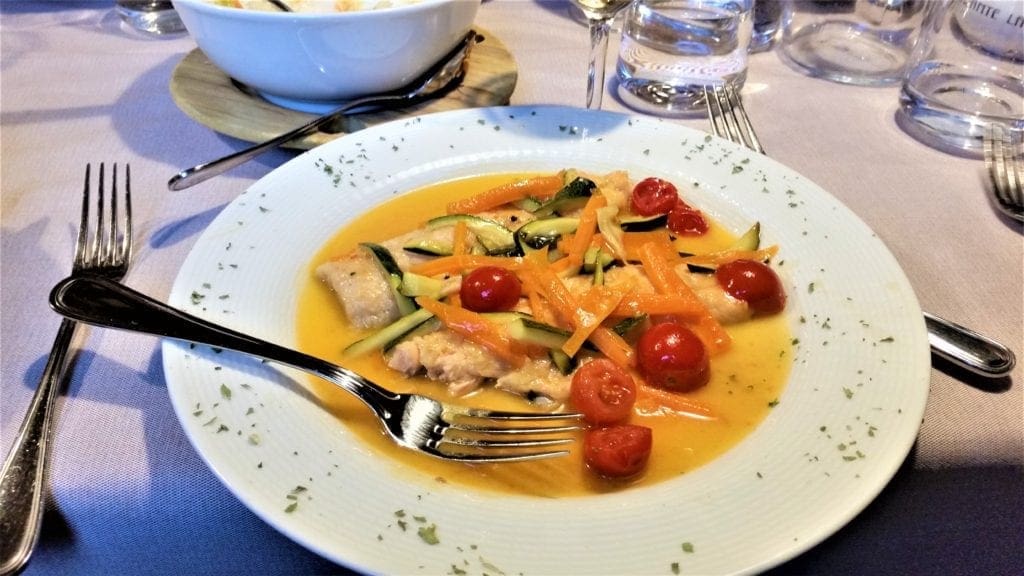
Consume vegetables, herbs, spices, low glycemic index fruits, healthy fats, whole grains, lean protein, unsweet tea, black coffee, and water.
Lay off sugars, simple carbs, unhealthy fats and processed foods.

Also, try to consume only water after 9pm, so digestion won’t interfere with your Circadian rhythms.
By doing this you can also reap the benefits of intermittent fasting.
Skipping meals can make you hungry, weak, and hamper brain functions.
In fact, skipping a meal can slow down your metabolism and make you eat more.
The point is, eat well in the right proportion and at the right time instead of starving yourself.
In Summary
We’ve made a plan that will allow us to stay in shape – but still raise a pint or two. But there are a few things we need to do to make that happen.
We need to:
-
- Make time to get enough exercise.
- Create more muscle to rev our metabolism – through eating a good diet (with lots of protein) and exercising – especially strength training.
- Change it up – don’t do the same exercise all the time. Keep our bodies guessing with cross-training.
- Turn off the TV and go to bed!
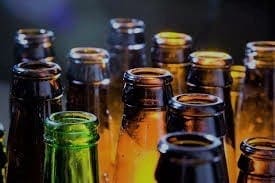
And we need to stop getting older.
Wait – no, we need to get in shape, lighten up and then we’ll stop feeling older!
So that’s the plan.
I hiked 11 miles this morning, so I’m gonna have a Chocolate Stout. Cheers!
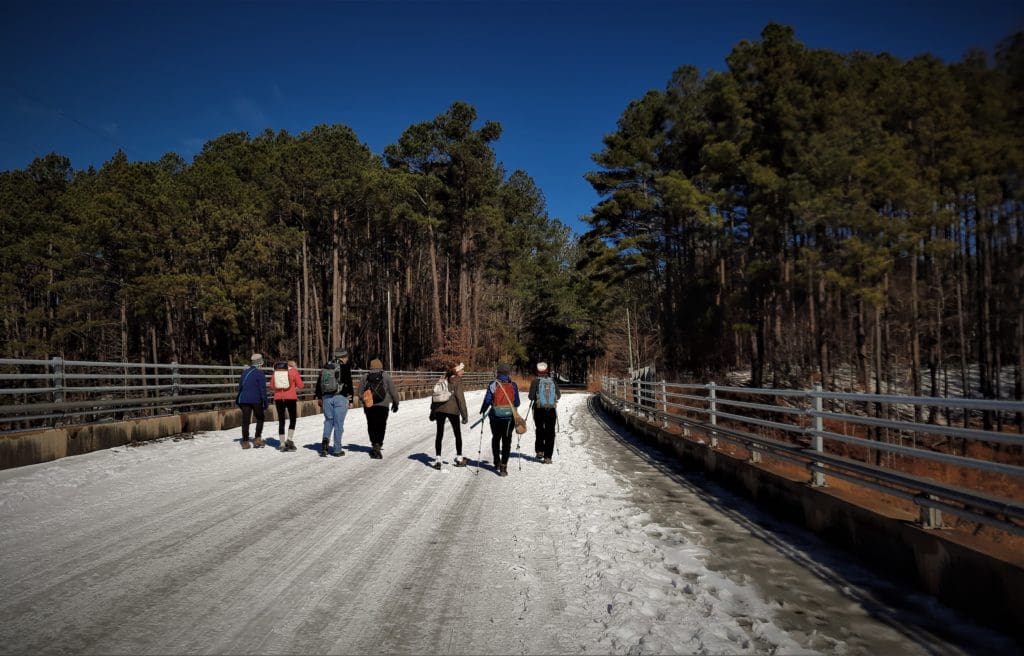
I hope this articles helps you improve your training and still get to have your favorite beer!
You might also be interested in my Asthma Diet, which is kind of a clean-eating guide that works even if you DON’T have asthma!
If you have any questions , drop me a line at idratherwalkblog@gmail.com and I’ll respond as quickly as I can.
Thanks for stopping by – see you next time! LJ
To Get New Idratherwalk Posts
sent directly to your inbox (how convenient!) Click this Button
If you like this post, please share it!
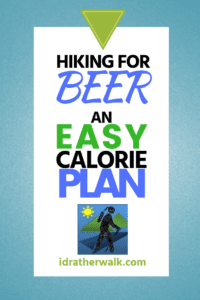

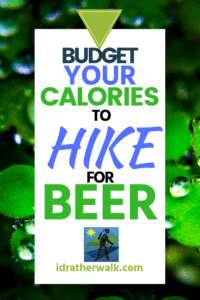
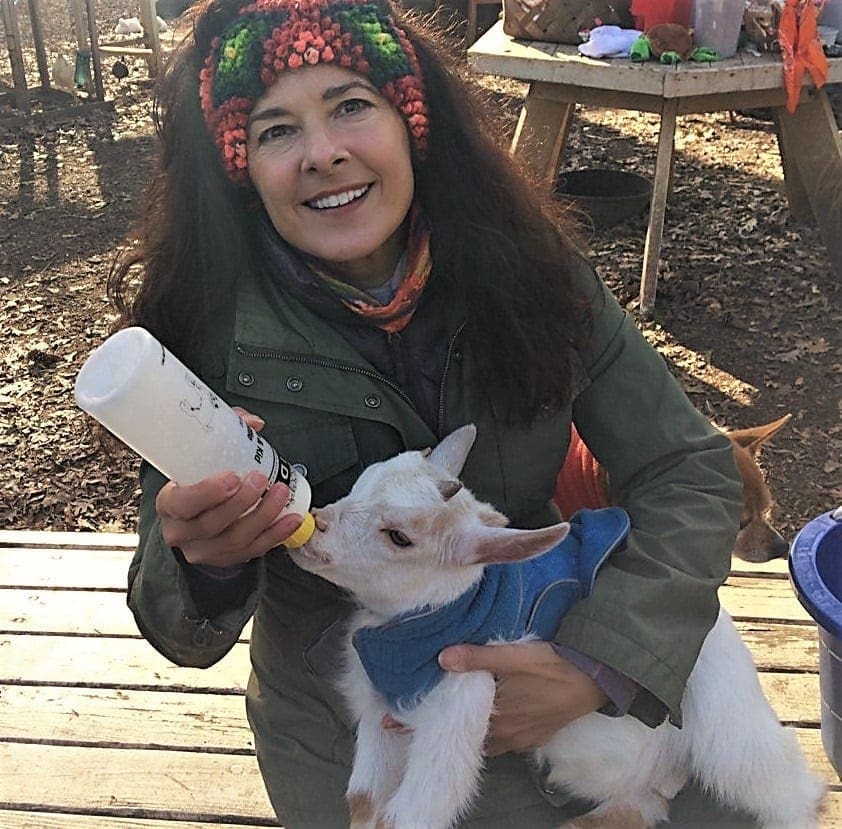
LJ has spent much of her free time as a single Mom – and now as an empty-nester – hiking in the US and around the world. She shares lessons learned from adventures both local and in exotic locations, and tips on how to be active with asthma, plus travel, gear, and hike planning advice for parents hiking with kids and beginners of all ages. Read more on the About page.
